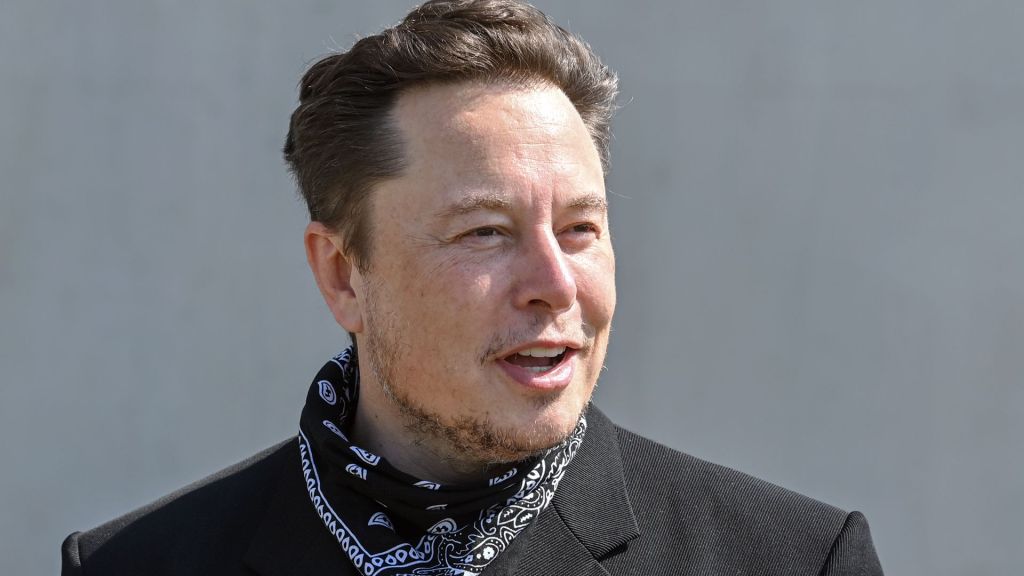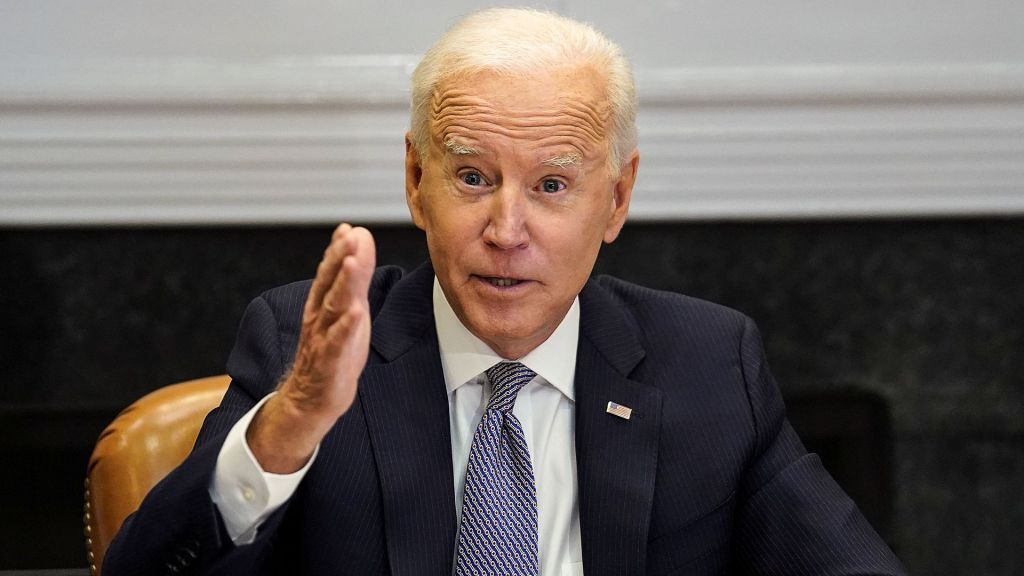
Commentary
-
Our commentary partners will help you reach your own conclusions on complex topics.
Our system of electing a president is much more complicated than it seems on the surface. It is true that voters cast ballots in November that lead to the election of a president, but in between the November election and the January inauguration, there is a complex process. We have an electoral college system where voters elect presidential electors, who then cast their ballots for president and the votes of those electors are then counted in Congress on January 6th. Recent events have raised questions as to how all of those processes should work and whether we need to reform our laws and processes to improve the workings of the electoral college. I’m going to raise three questions.
First, what are the elements of the electoral college system? In 2020, when voters went to the polls, they saw the names of Donald Trump and Joe Biden on the ballot. But in reality, a vote for Trump was actually a vote for a group of presidential electors, selected in advance, who supported Donald Trump. Similarly, a vote for Joe Biden was a vote for Biden electors. After voters cast their ballots in November, each state counts the votes, entertains possible recounts and legal challenges, but then ultimately declares a winner in its state election. In 2020, the smallest state, Wyoming, determined that Donald Trump had won the vote in the state. And thus, it selected the three Trump loyal electors as the official presidential electors. After the states resolve their elections and appoint electors, the electors meet in their respective states and cast ballots for president and vice president in mid-December. Then on January 6th, the vice president opens the ballots of those electors before a joint session of Congress and the ballots are counted. If a candidate receives a majority of the votes of electors, 270, that person will become the president on January 20th.
Second, how should the process work in practice? States should resolve their elections according to their laws and certify an election winner so that they can appoint electors who vote, in mid-December. What this means in practice is that while there may be contentious election issues in a state election, possible recounts and possible legal challenges, all of these issues and the election result shall be resolved by mid-December. Once the presidential electors are appointed and they cast votes, there should be no more arguing or legal wrangling about the votes that the people cast in a state.
No election is perfectly run. No part of your candidate will always be completely happy with the election result or even some of the election laws, policies or decisions in a state. But at the end of the day, the state will resolve the election to the best of its ability by mid-December. And there can be no re-litigating of the election result after that. When the ballots of the presidential electors are opened on January 6th, there should almost never be any dispute about the results. And if there are questions about the votes of the electors, Congress should resolve them. The vice president has no substantive role in resolving issues with the votes of presidential electors.
Third, are there reforms that are needed to improve the process? A law from the 1880s, The Electoral Count Act, provides guidelines to structure the counting of the votes of electors on January 6th. Today, there are significant debates in Congress about how that law might be changed. Three changes are warranted. Under current procedure, if one member of the House of Representatives and one Senator object to any of the votes of the electors from a state, then the House and Senate have to meet separately and consider these objections.
This has led in recent years to much delay and debate about the votes of electors that caused confusion, but did not ultimately change the outcome of the election. In 2000 and 2016, several House Democrats objected to the votes of electors in specific Republican-won states. In 2004, House Democrats and a Senate Democrat objected, causing the House and Senate to meet and debate the objections. In 2020, Republican House members and senators objected to electors in the Democratic-won states. If there were truly objections worth considering, a majority of the House and Senate would have to agree. So one important reform is to raise the threshold for objection from the current one House member and one Senator to 20 or 30% of the House and Senate to prevent unproductive debate and controversy.
Congress should also specify explicitly that the vice president cannot act by himself to decide the fate of the presidential electors. If anyone is going to consider objections, it should be the Congress itself, not the vice president. Finally, Congress should clarify that the presidential electors that are officially selected by a state are those that are to be counted, not unofficial electors. The method for accomplishing this last task is complicated and will be debated in Congress. But the big point is that almost never should there be any question about which are the official presidential electors who were selected by their states. While the mechanics of the electoral college usually fly under the radar, Congress should make fixes to ensure that this process goes smoothly in the future.
-
SCOTUS case on threat of disinformation raises thorny questions
The Supreme Court recently heard arguments concerning government communications with social media platforms in Murthy v. Missouri. Plantiffs in the case claim that government agencies pressured social media companies to remove or restrict posts spreading disinformation about vaccines, elections and COVID-19. Straight Arrow News contributor John Fortier delves into the complex questions raised by the…
-
Trump v. Anderson is more complicated than it looks
The Supreme Court case Trump v. Anderson will decide whether former President Donald Trump is eligible to run as a candidate for president in 2024. Some constitutional law experts have argued that Trump cannot run as a candidate, citing what they say is a clear violation of the 14th Amendment in the U.S. Constitution, which…
-
Era of Iowa, New Hampshire kicking off election season is ending
In American politics, tradition dictates that Iowa and New Hampshire kick off the election season as the two major parties elect their primary candidates. Recently, however, Democrats have suggested revising this tradition, arguing that Iowa and New Hampshire do not present an optimal, comprehensive sample of American voters, and suggesting states like South Carolina or…
-
Why the frenzy over Georgia’s voting laws was misplaced
Georgia Gov. Brian Kemp (R) changed state voting laws after President Joe Biden narrowly won Georgia’s electoral votes over former President Donald Trump in 2020. Voting advocacy groups responded and the U.S. Department of Justice filed a lawsuit against the legislation. These lawsuits alleged that the Georgia GOP in the state legislature aimed to restrict…
-
Changing speakers isn’t actually going to help Republicans
After three weeks without a speaker and three unsuccessful attempts to secure the required votes for a new one, the U.S. House of Representatives elected a little-known Congressman from Louisiana, Rep. Mike Johnson. But was the decision to elect Rep. Johnson, who leans hard-right and pro-Trump, a wise move for the Republican Party? Straight Arrow…
Latest Opinions
-
 AP Images
AP Images
Argentina asks to join NATO as Milei looks to enhance security, strengthen ties
-
 Getty Images
Getty Images
Utah students protest 'furries,' school admin deny problem
-
 Reuters/Jane Rosenberg
Reuters/Jane Rosenberg
Trump’s ‘hush money’ trial: Legal experts debate name coined by media.
-
 AP Images
AP Images
Black Chicagoans feel neglected as millions funneled to migrant crisis
-
 Envato
Envato
Congress wants to curtail ‘judge shopping.’ Can it act before the election?
Popular Opinions
-
In addition to the facts, we believe it’s vital to hear perspectives from all sides of the political spectrum.


